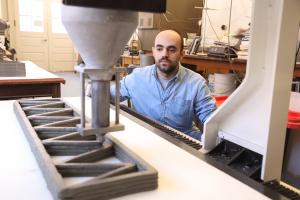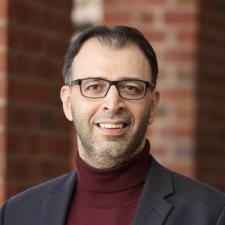Osman E. Ozbulut

About
Osman Ozbulut is a Professor in the Department of Civil and Environmental Engineering at the University of Virginia. His research focuses on applying innovative materials, sensing technologies and interdisciplinary expertise to the development of resilient and sustainable civil infrastructure systems. He is particularly interested in: (i) development of innovative structural systems and design strategies to enhance the performance and safety of structures; (ii) application of advanced materials for disaster resistant design of structures as well as repair and retrofit of deficient and aging civil infrastructure; and (iii) development and application of novel structural health monitoring techniques for civil infrastructure systems.
Dr. Ozbulut is a member of the Society for Experimental Mechanics (SEM), American Society of Civil Engineers (ASCE), American Concrete Institute (ACI), Transportation Research Board (TRB), and Earthquake Engineering Research Institute (EERI) and SPIE – International Society for Optical Engineering. Dr. Ozbulut also serves as an Associate Editor for Journal of Intelligent Material Systems & Structures.
You can visit Resilient and Advanced Infrastructure Laboratory (RAIL) website for more information.
Education
B.S. Istanbul Technical University, 2005
M.S. Texas A&M University, 2007
Ph.D. Texas A&M University, 2010
"Our group aims to formulate innovations in design, materials and sensing technologies to advance a new generation of resilient infrastructure systems."
Research Interests
Selected Publications
BAGHERI, A., ALIPOUR, M., OZBULUT, O. E., AND HARRIS, D. K. (2018).


